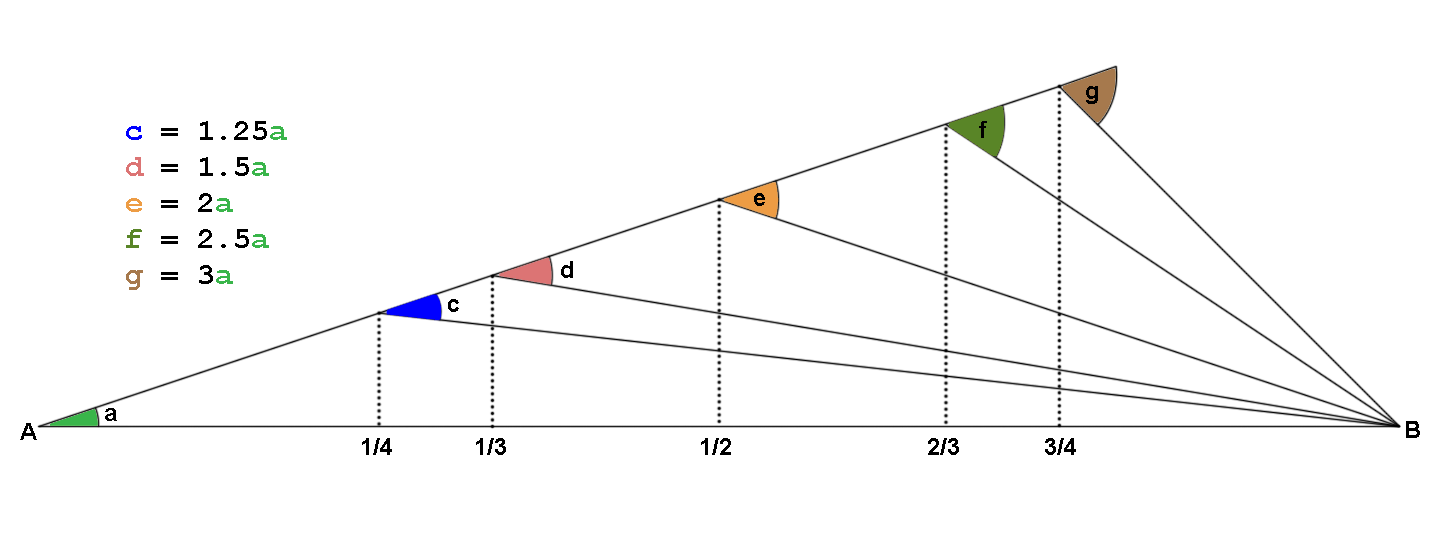1 in 60 Rule
Small early misalignments can cause major downstream drift.
"If a pilot has traveled sixty miles then an error in track of one mile is approximately a 1° error in heading, and proportionately more for larger errors."

In aviation, The 1 in 60 Rule states that if an aircraft veers off course by just 1 degree, it will be 1 mile off target for every 60 miles traveled. This principle warns how small deviations, if not corrected, lead to large consequences over time.
In Agile organizations, especially at scale, this rule plays out in misaligned teams, misunderstood goals, and wasted work. As teams move quickly and autonomously, even minor misunderstandings can snowball. Frameworks such as SAFe (Scaled Agile Framework) are designed to help address this challenge by providing structured alignment mechanisms across multiple teams and time horizons.
Impact on Agile Organizations
- Compounding Misalignment:
- A 1-degree divergence in vision or intent can become months of misguided delivery.
- Siloed Execution:
- Teams may deliver locally optimized work that does not contribute to global outcomes.
- Frustration and Mistrust:
- Stakeholders lose confidence when delivered results don't match expectations.
- High Cost of Rework:
- Correcting late-stage misalignment drains time, budget, and morale.
Scenario
Before adopting SAFe, a company had multiple Agile teams working on modernizing a customer portal. One team focused on reducing backend latency, believing performance was the top concern. Another prioritized simplifying user workflows, interpreting the goal as improving onboarding.
With no shared cadence, cross-team planning, or alignment checkpoints, each team made progress based on its own understanding of success. At the end of the quarter, the teams delivered, but the business saw no improvement in customer satisfaction.
The disconnect, a small 1° difference in understanding at the start, had grown into a major gap in outcomes.
After adopting SAFe, the company introduced Program Increment (PI) Planning, System Demos, and Inspect & Adapt workshops. These structured events helped surface assumptions early, realign teams around a shared mission, and reconnect delivery to measurable customer value.
How SAFe and ARTs Help Stay on Course:
SAFe helps organizations prevent and correct alignment issues through cadence-based collaboration and shared visibility.
- Program Increment (PI) Planning:
PI Planning brings all teams on an Agile Release Train (ART) together to align around a shared vision, objectives, and milestones. Assumptions are surfaced, risks are discussed, and each team's plan is made visible.
- System Demo:
SAFe encourages teams to regularly integrate and demo their work. This allows cross-team feedback and provides opportunities for mid-course correction.
- Inspect & Adapt Workshops:
Held at the end of each PI, these events expose systemic misalignments, support continuous improvement, and allow the ART to adjust direction intentionally.
- Lean-Agile Leadership:
Leaders act as alignment stewards. They communicate intent, expected outcomes, and changes in business priorities clearly and consistently.
- Roadmaps and OKRs:
Strategic tools such as roadmaps and Objectives & Key Results help teams see the bigger picture and align their day-to-day decisions with long-term goals.
Ways to Mitigate the 1 in 60 Effect:
- Frequent Alignment Checks:
- Daily Scrums, Backlog Refinement, and Sprint Reviews provide opportunities to surface drift and reconnect with shared goals.
- Clarify Assumptions:
- Encourage teams to ask questions like "What does success look like?" and "What problem are we solving?"
- Visualize Work:
- Tools such as story maps, roadmaps, and OKRs help keep teams focused on the purpose behind the work.
- Customer Feedback:
- Deliver in small slices, test often, and use real customer insight to validate direction.
- Retrospectives:
- Go beyond process improvement. Use Retrospectives to assess whether the team remains aligned with outcomes and purpose.
Conclusion:
Agile organizations rarely go wrong in a single leap. More often, they drift slowly and subtly from their original intent. The 1 in 60 Rule is a powerful reminder that early misalignment, left unchecked, leads to outcomes that no longer serve the intended purpose.
SAFe helps address this challenge through built-in structures that promote clarity, collaboration, and continuous feedback. However, no framework works by itself. It takes active leadership, shared understanding, and a culture of openness to detect and correct the small errors that grow over time.
Key Takeaways
- The 1 in 60 Rule illustrates how small misalignments can lead to major delivery failures.
- Agile organizations must actively guard against drift through communication and feedback.
- SAFe provides mechanisms such as PI Planning, System Demos, and Inspect & Adapt to keep teams aligned.
- Leaders play a critical role in reinforcing intent and recalibrating direction.
- Alignment is not a one-time task. It is an ongoing discipline of inspection and adaptation.
Summary
The 1 in 60 Rule is a vivid metaphor for Agile delivery. Even a small misstep can lead to a major detour if not caught early. In scaled Agile environments, frameworks such as SAFe provide structured opportunities to keep teams on course through shared planning, review, and reflection. The goal is not to eliminate all error, but to notice small shifts early, adapt quickly, and realign as a group. That is how high-performing Agile organizations stay aligned, focused, and on target.